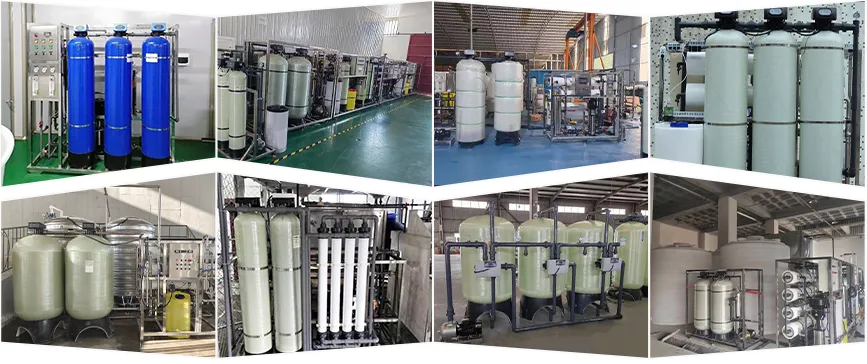loading...
- No. 9, Xingyuan South Street, Dongwaihuan Road, Zaoqiang County, Hengshui, Hebei, China
- admin@zjcomposites.com
- +86 15097380338
- Welcome to visit our website!
activated carbon filter vessel
Activated Carbon Filter Vessel An Essential Component for Water Purification
In recent years, the importance of clean water has become increasingly evident. With rising pollution levels and the growing demand for potable water, technologies that ensure water purification have gained significant attention. One such critical component in water treatment systems is the activated carbon filter vessel. This specialized vessel plays a vital role in the removal of impurities and contaminants from water, ensuring safety and health for consumers.
Activated carbon is a form of carbon that has been processed to create an extensive surface area, making it incredibly effective in adsorbing pollutants. The activated carbon filter vessel is essentially a container specifically designed to hold this carbon material, allowing water to flow through it and facilitating the adsorption process. When water passes through the activated carbon, various hazardous substances, such as chlorine, volatile organic compounds (VOCs), and sediment, are trapped on its surface. This not only improves the taste and odor of the water but also renders it safer for consumption.
The construction of an activated carbon filter vessel is quite important
. These vessels are typically made of durable materials such as stainless steel or high-grade plastic to withstand the pressures and conditions of water treatment plants. The design of the vessel allows for optimal flow rates, ensuring that water spends an adequate amount of time in contact with the activated carbon for effective purification.activated carbon filter vessel

One of the distinct advantages of using an activated carbon filter vessel is its versatility. They can be used in various applications, ranging from residential water filters to large industrial treatment systems. Additionally, these vessels are compatible with other filtration methods, such as reverse osmosis or UV treatment, enhancing overall water quality.
Maintenance of activated carbon filter vessels is relatively straightforward. Regular monitoring and timely replacement of the activated carbon are crucial to ensure that the filter remains effective. Over time, the carbon becomes saturated with contaminants, which diminishes its ability to adsorb further pollutants. By adhering to a maintenance schedule, users can maximize the longevity and efficiency of the filtration system.
Furthermore, the environmental impact of using activated carbon filter vessels cannot be overlooked. Activated carbon is often derived from renewable sources, such as coconut shells or wood, making it a sustainable option for water purification. Although used carbon can produce waste, many manufacturers have developed recycling processes to regenerate spent carbon, allowing for its reuse and reducing overall waste.
In conclusion, the activated carbon filter vessel is an indispensable component in the quest for clean and safe drinking water. Its effectiveness in removing various contaminants, coupled with its versatility and ease of maintenance, makes it a valuable asset in both residential and industrial settings. As water quality continues to be a significant concern worldwide, the role of activated carbon filter vessels will undoubtedly become even more prominent, ensuring that future generations have access to safe drinking water.
-
GRP Structures: The Future of Lightweight, High-Performance EngineeringNewsJun.20,2025
-
FRP Water Tank: High-Performance Storage for Corrosive and Clean Water SystemsNewsJun.20,2025
-
FRP Square Tube: The New Industry Standard for Chemical and Structural ApplicationsNewsJun.20,2025
-
FRP Pultruded Profiles: The Ultimate Choice for Lightweight Structural StrengthNewsJun.20,2025
-
FRP Handrails: The Safer, Smarter, and Stronger Choice for Modern InfrastructureNewsJun.20,2025
-
FRP Grating: The Smart Solution for Durable, Lightweight Industrial FlooringNewsJun.20,2025
-
Why Choose a Galvanized Water Tank for Your Storage NeedsNewsMay.21,2025
